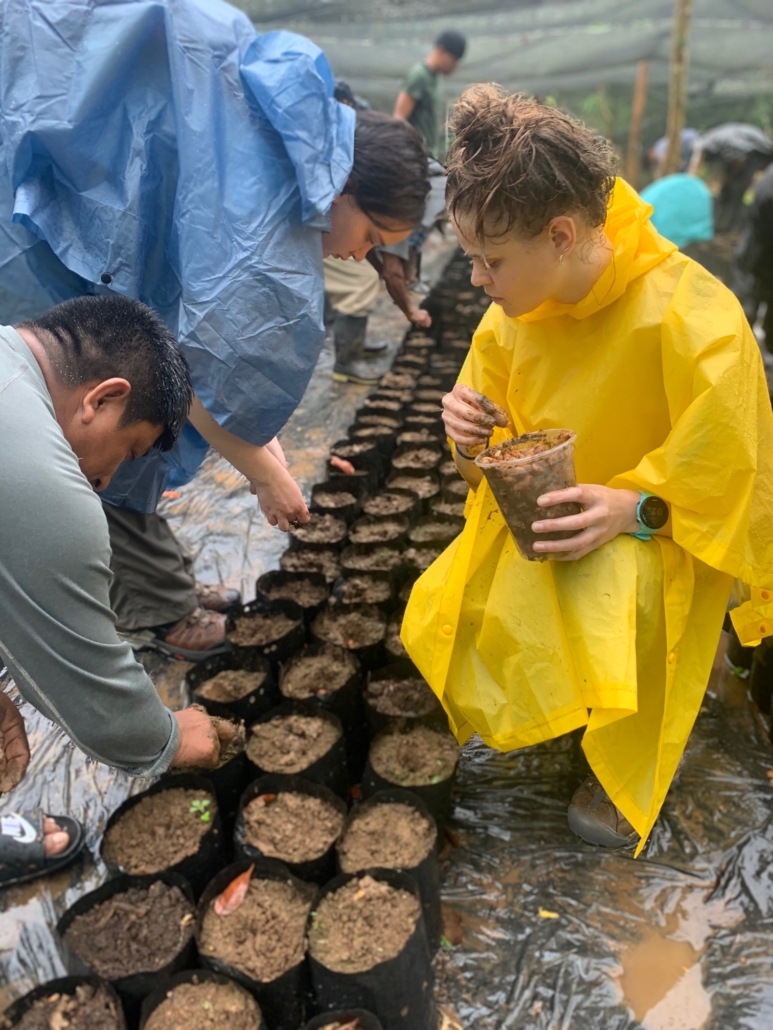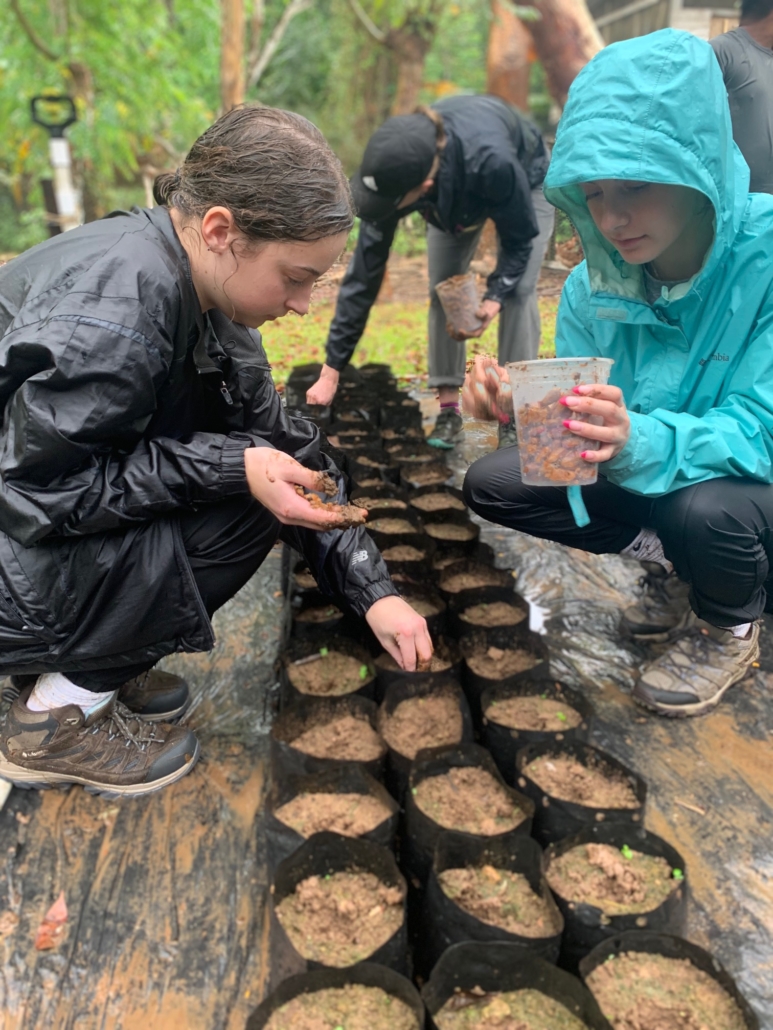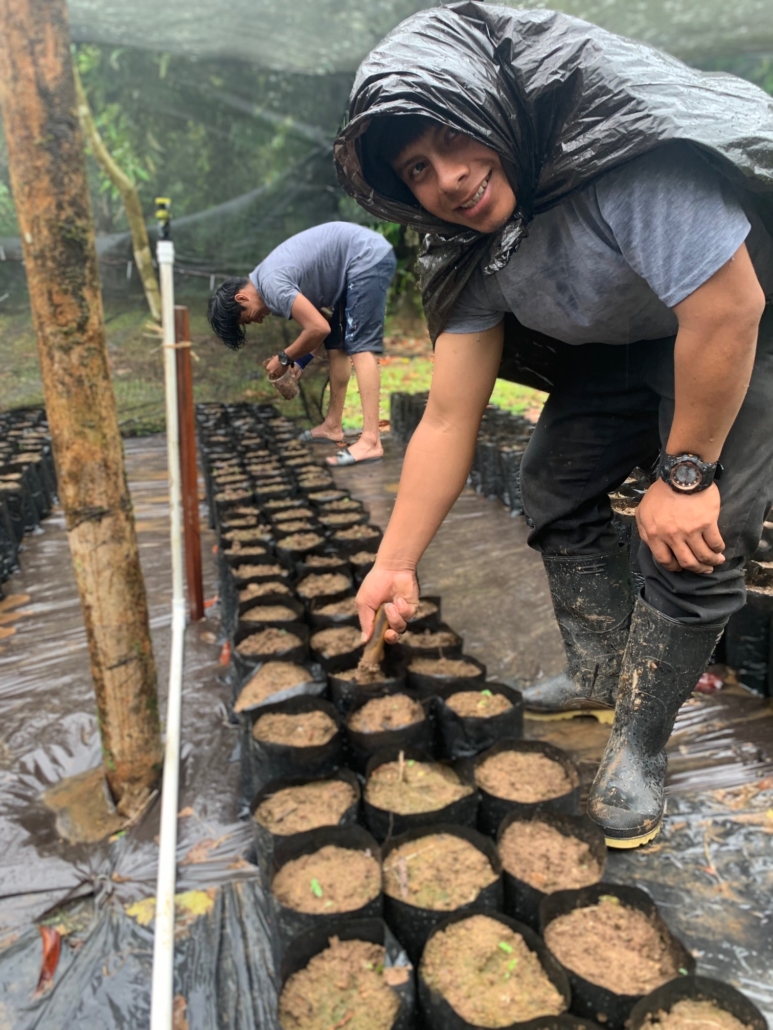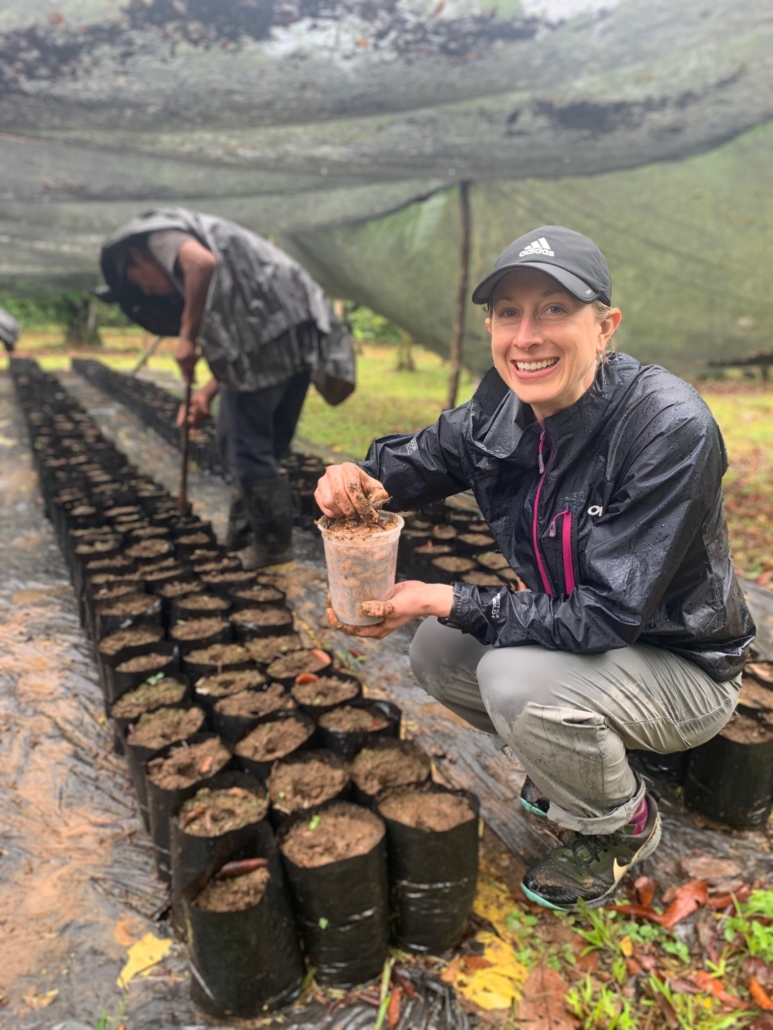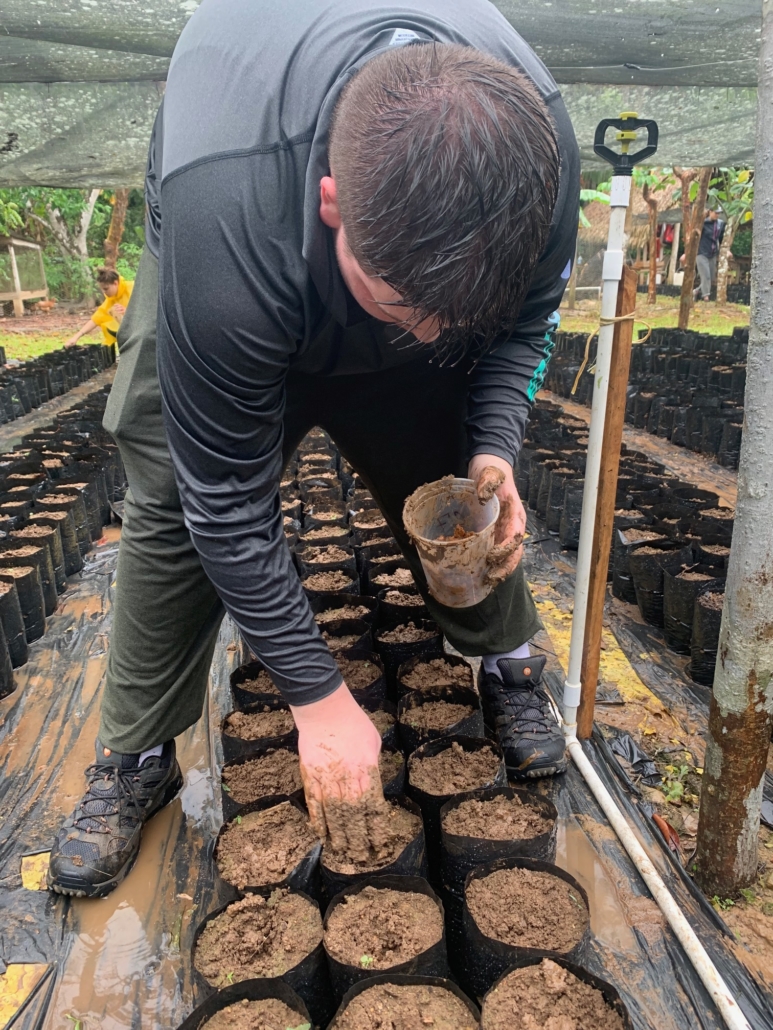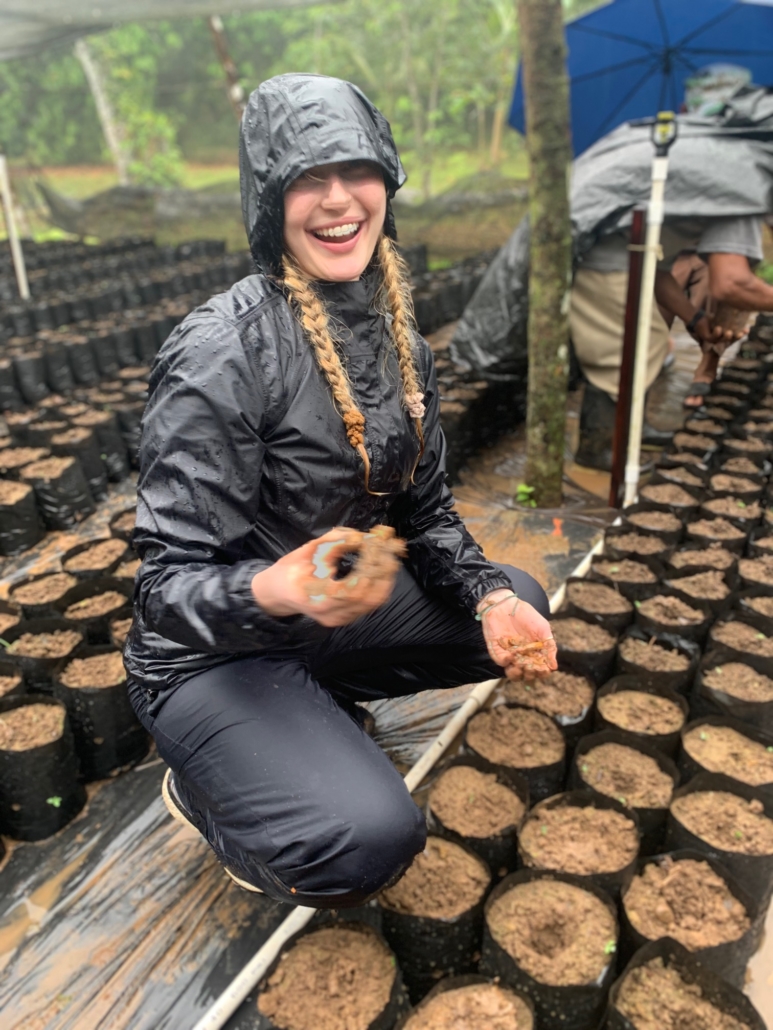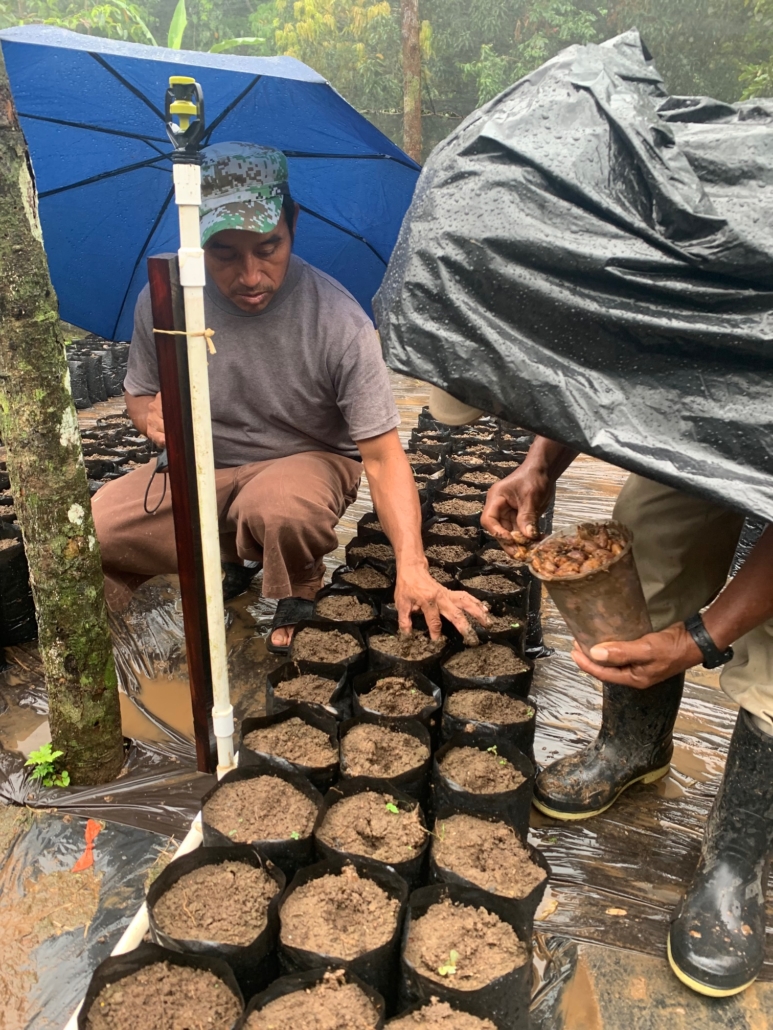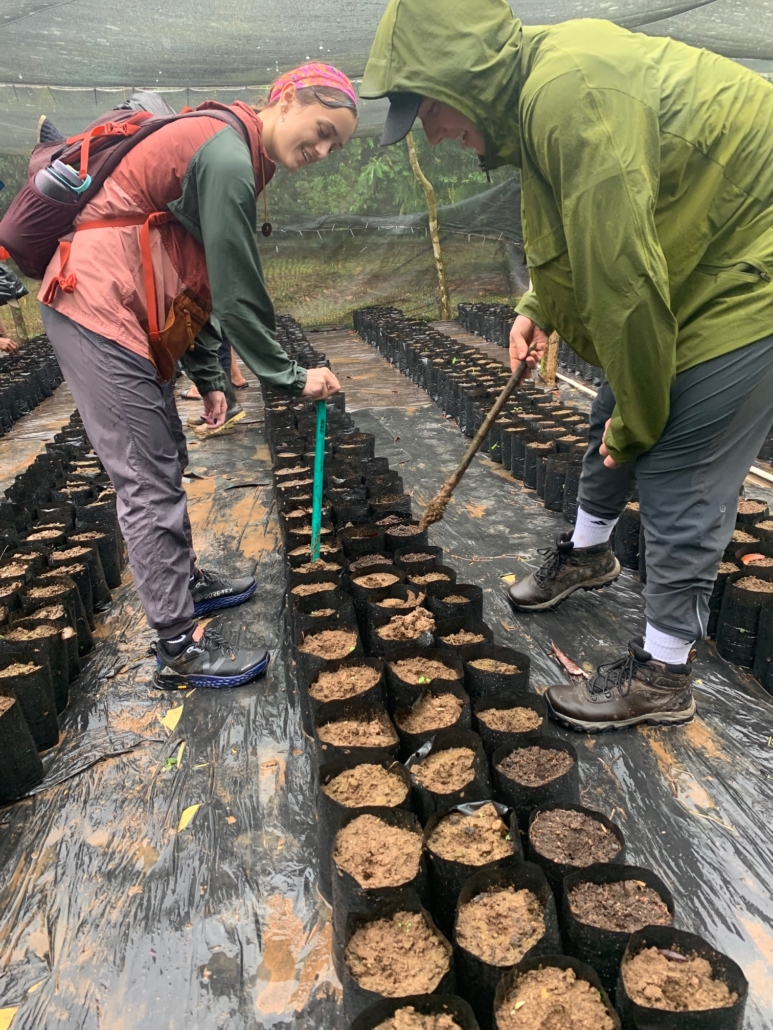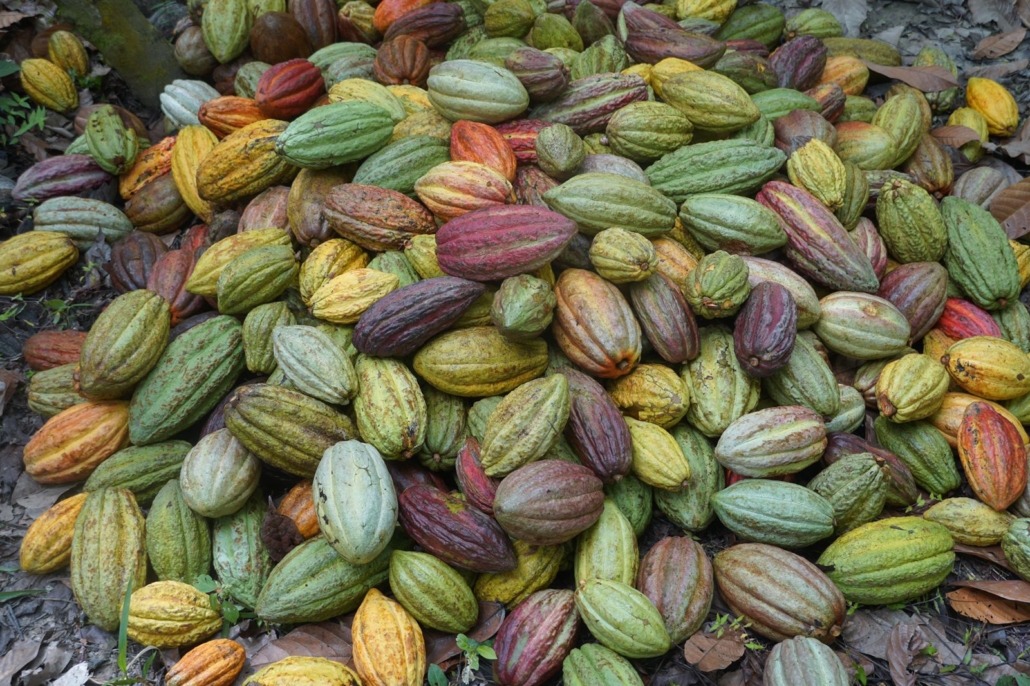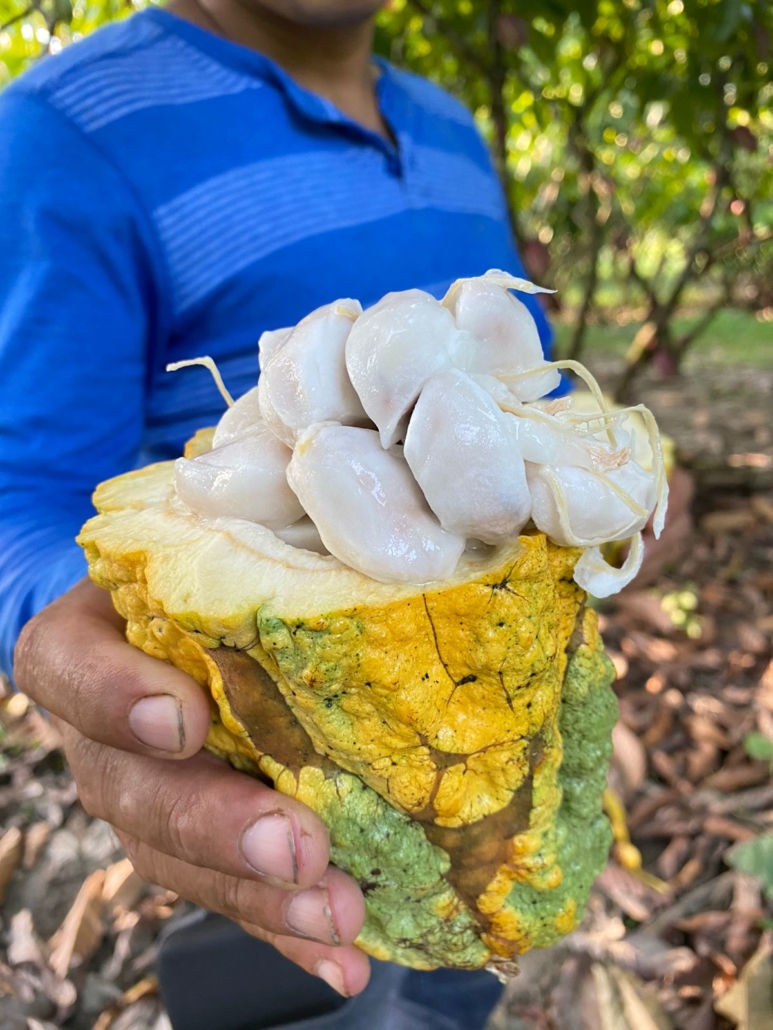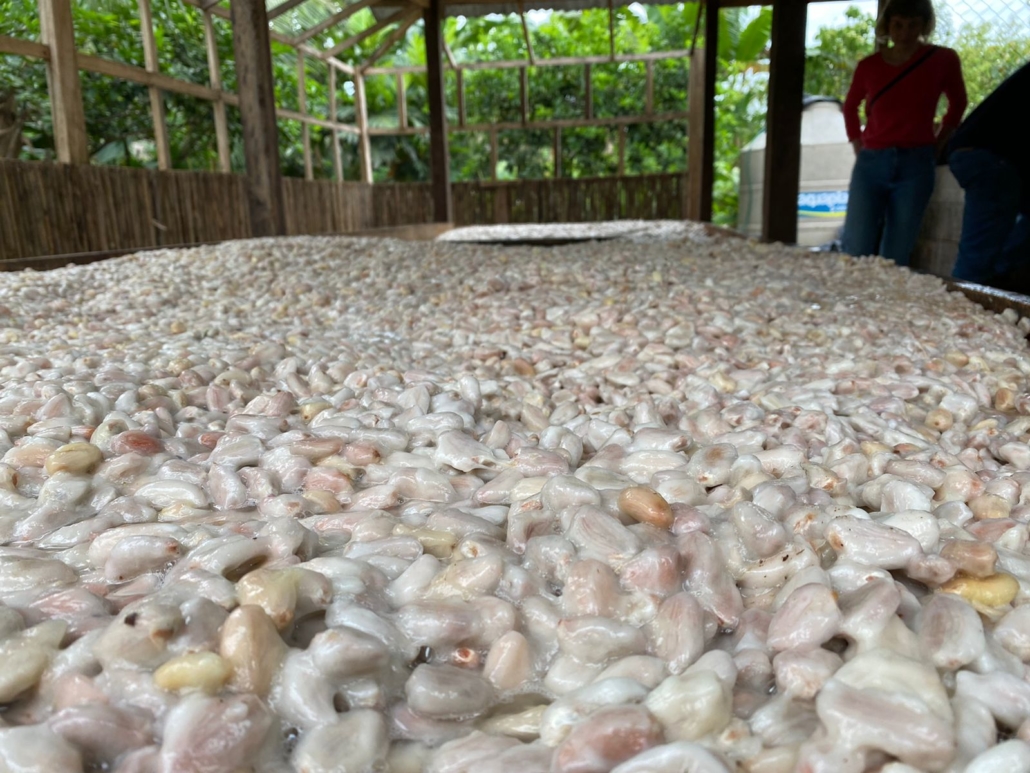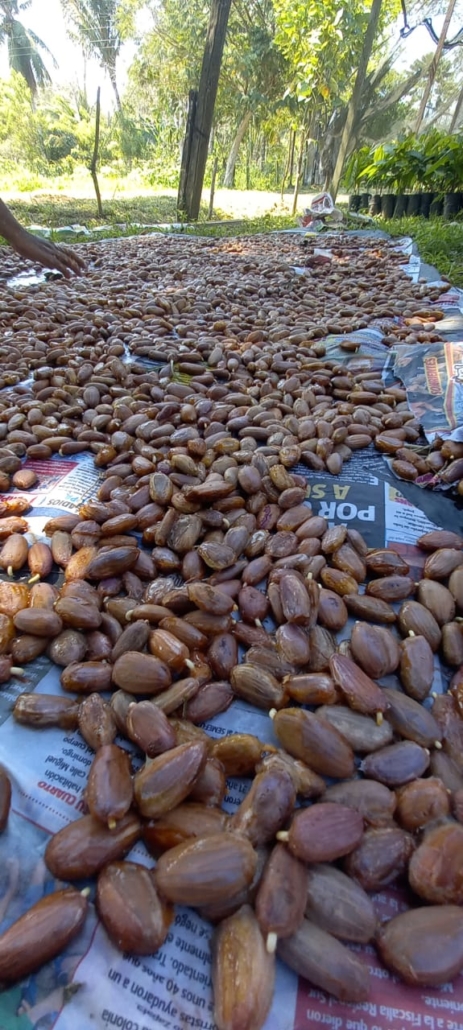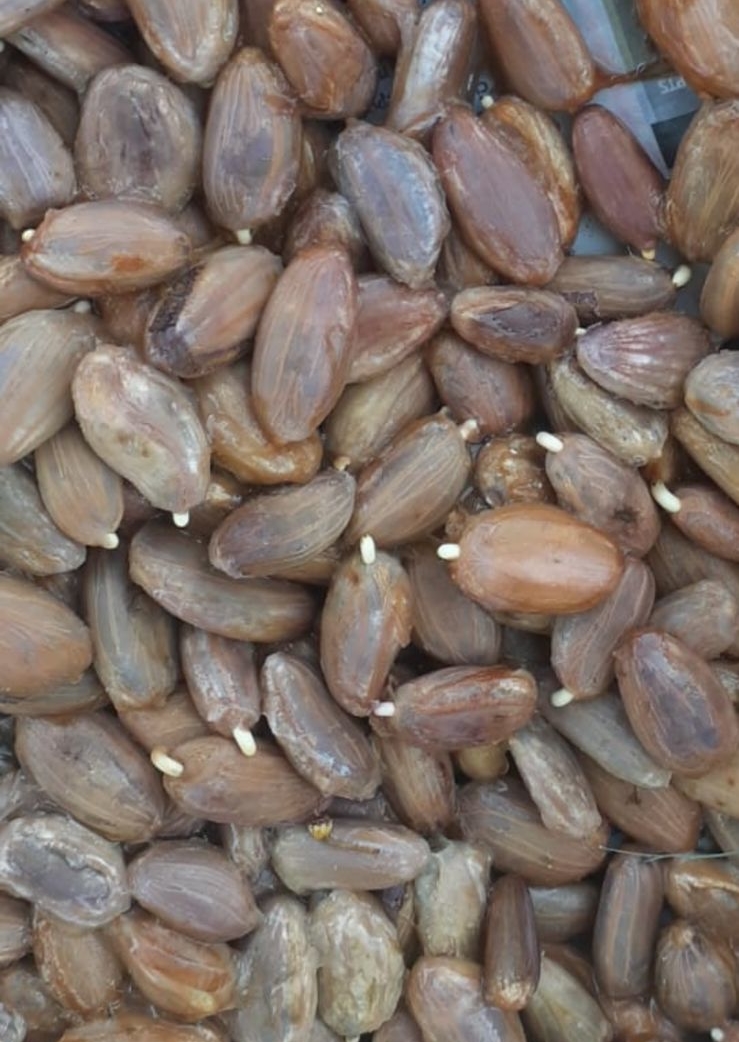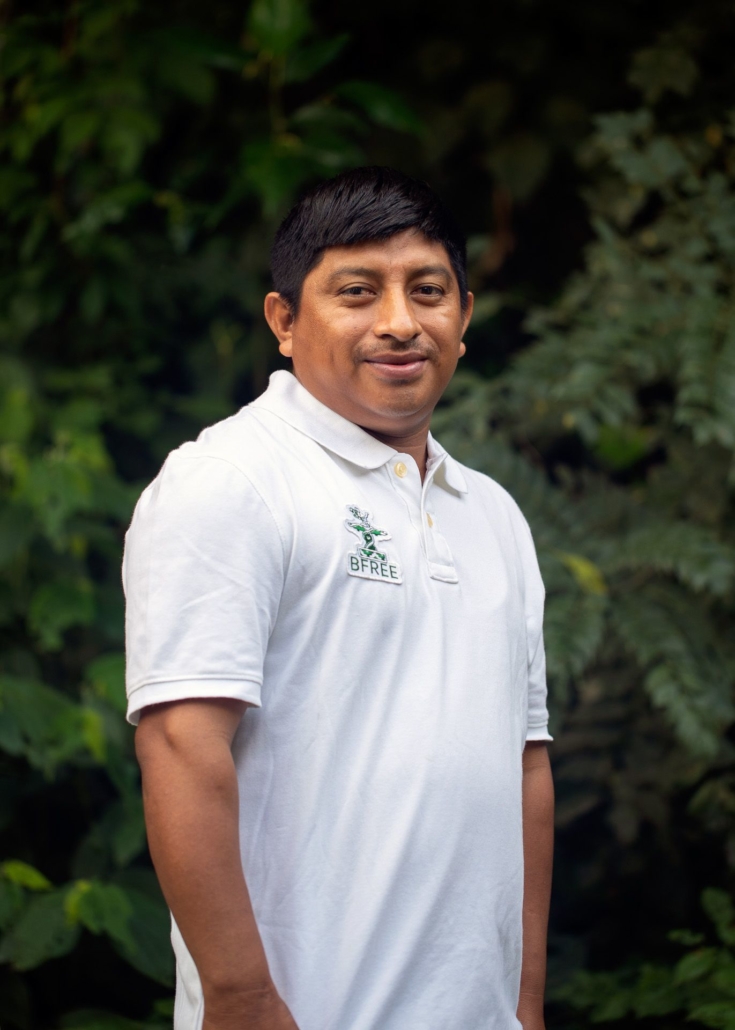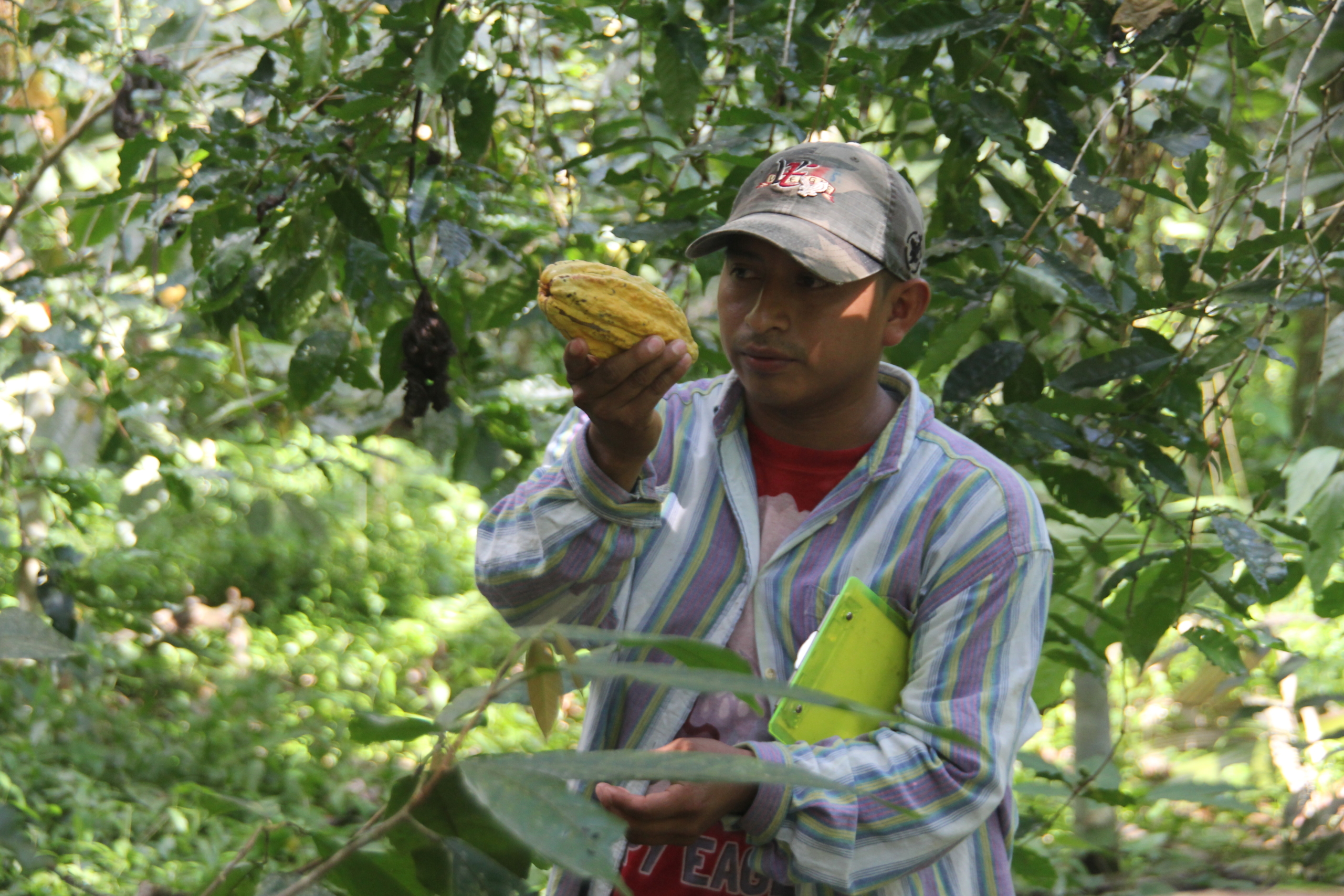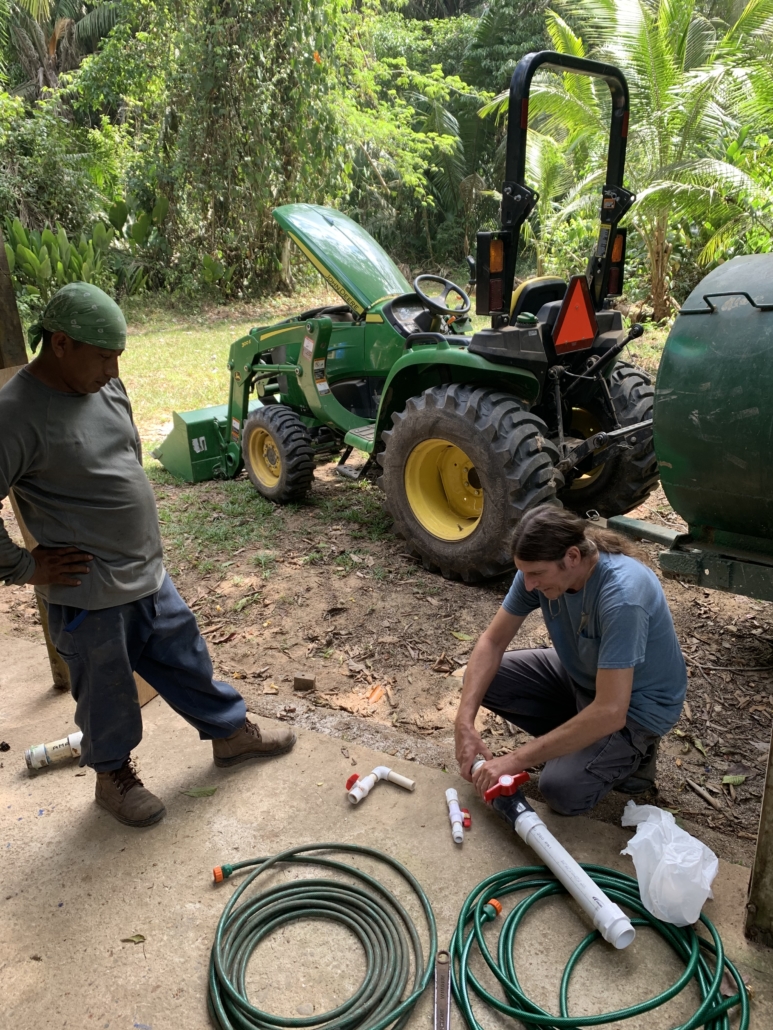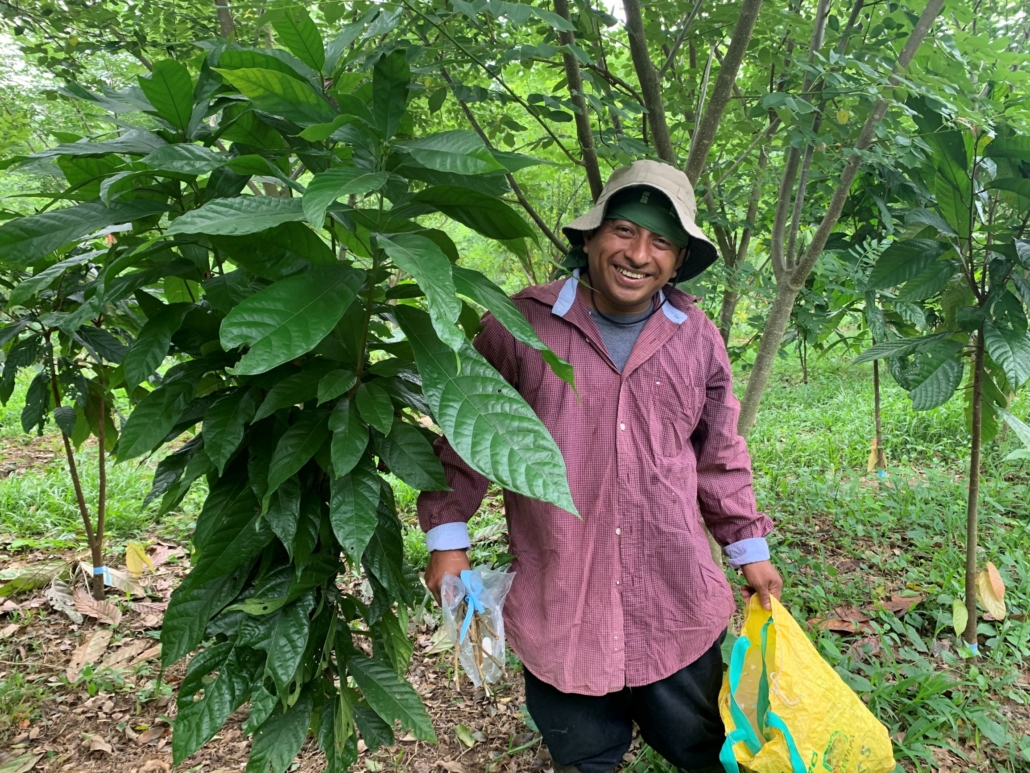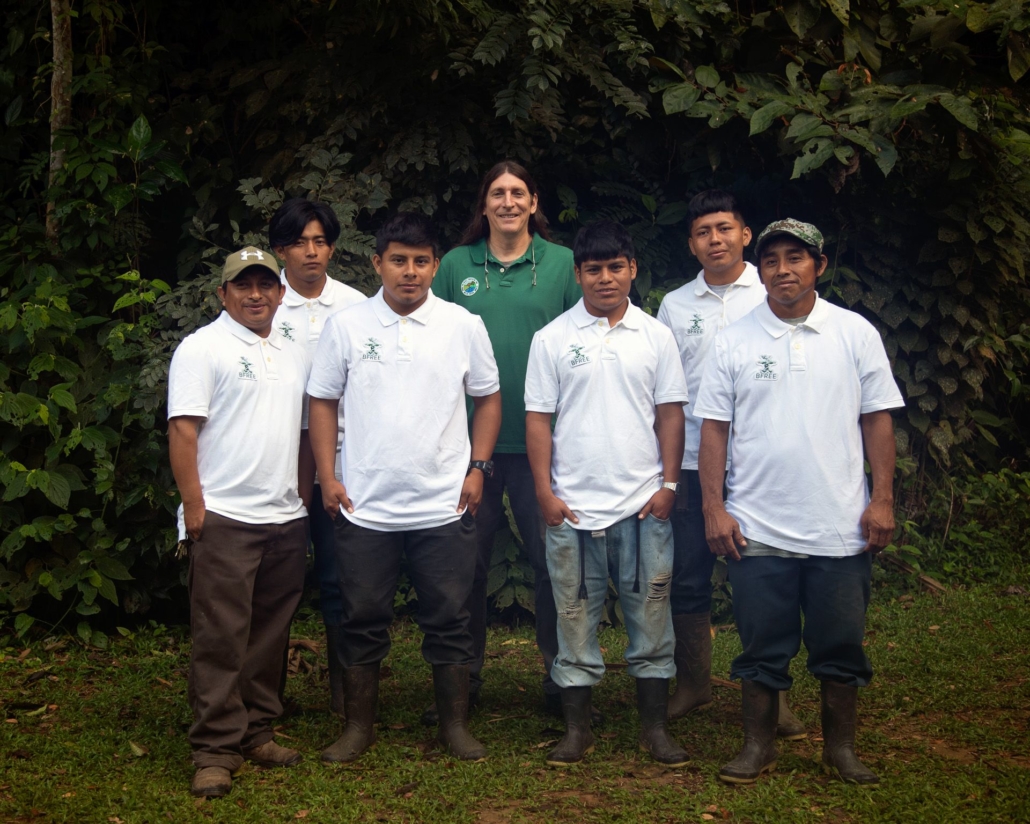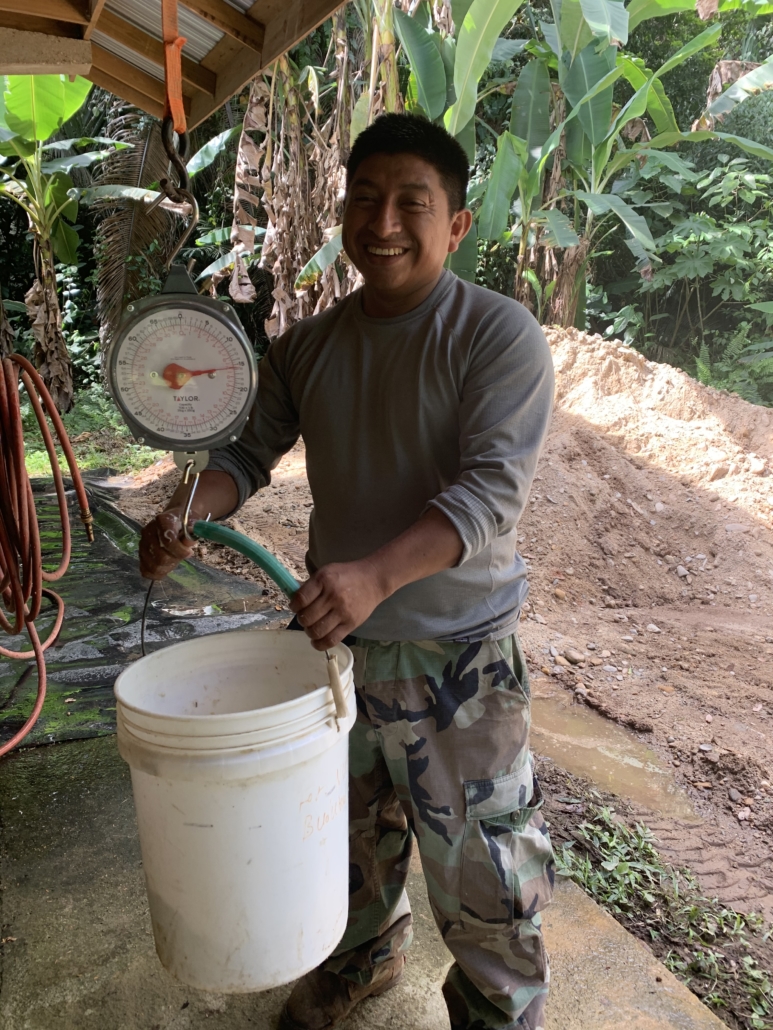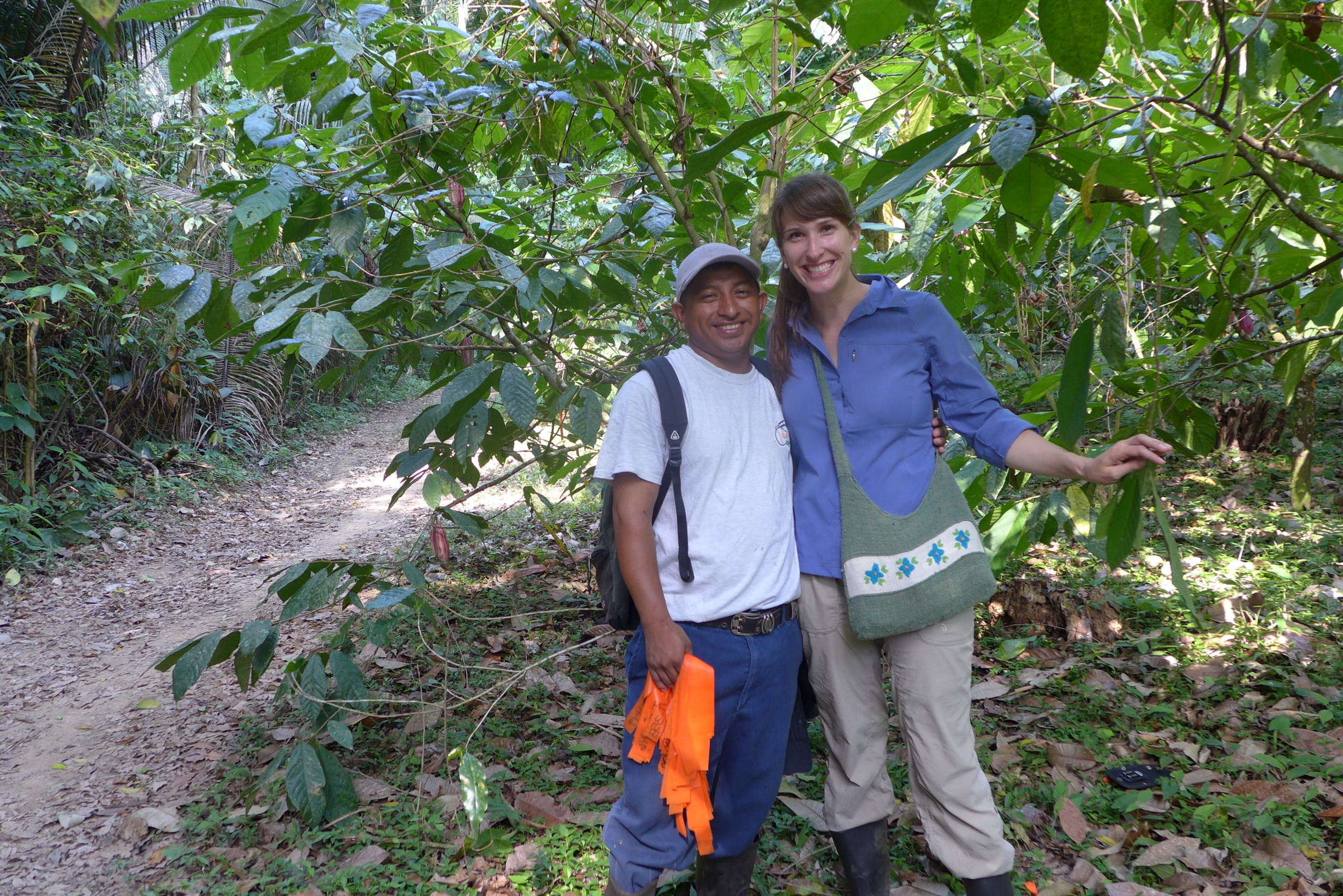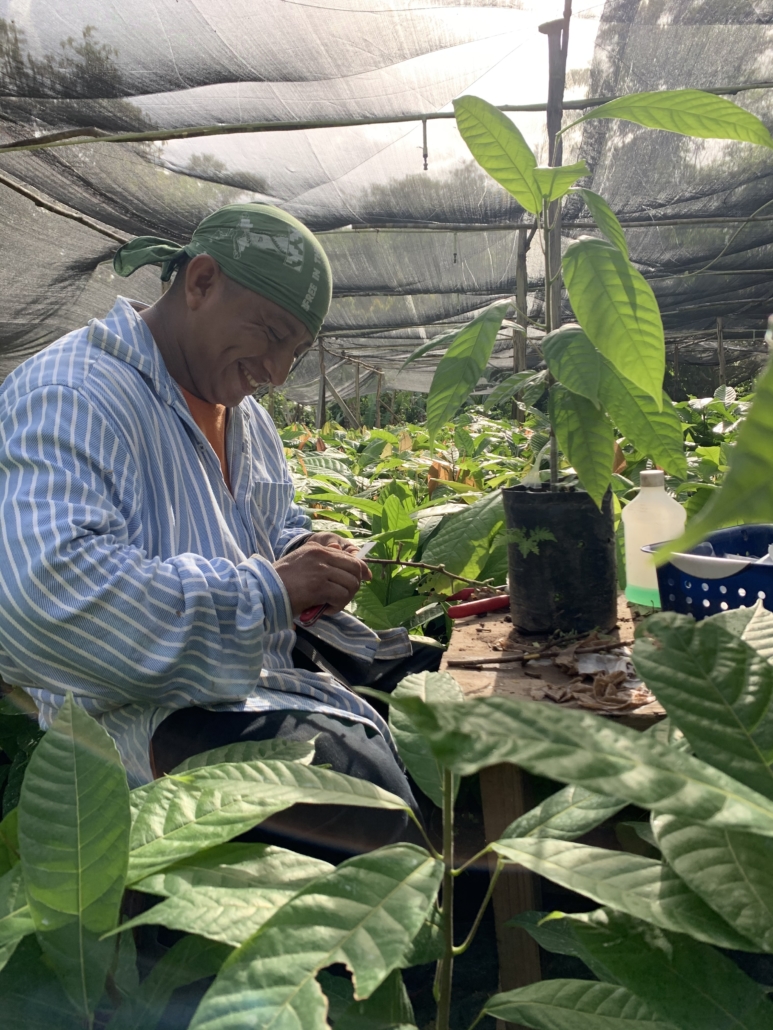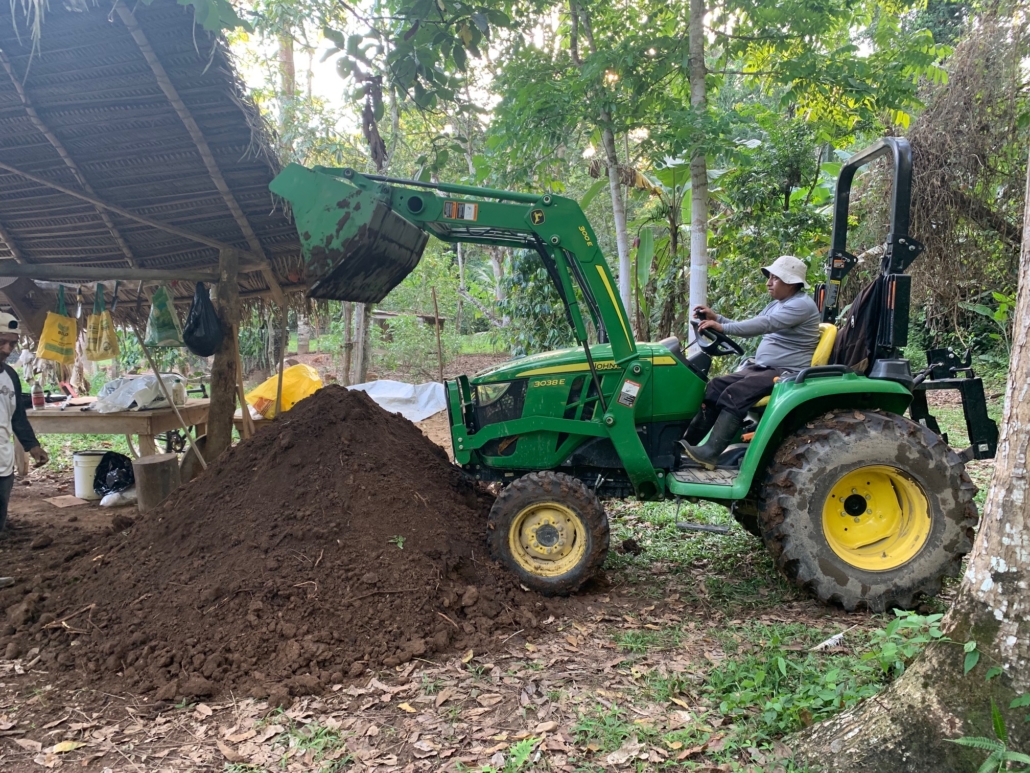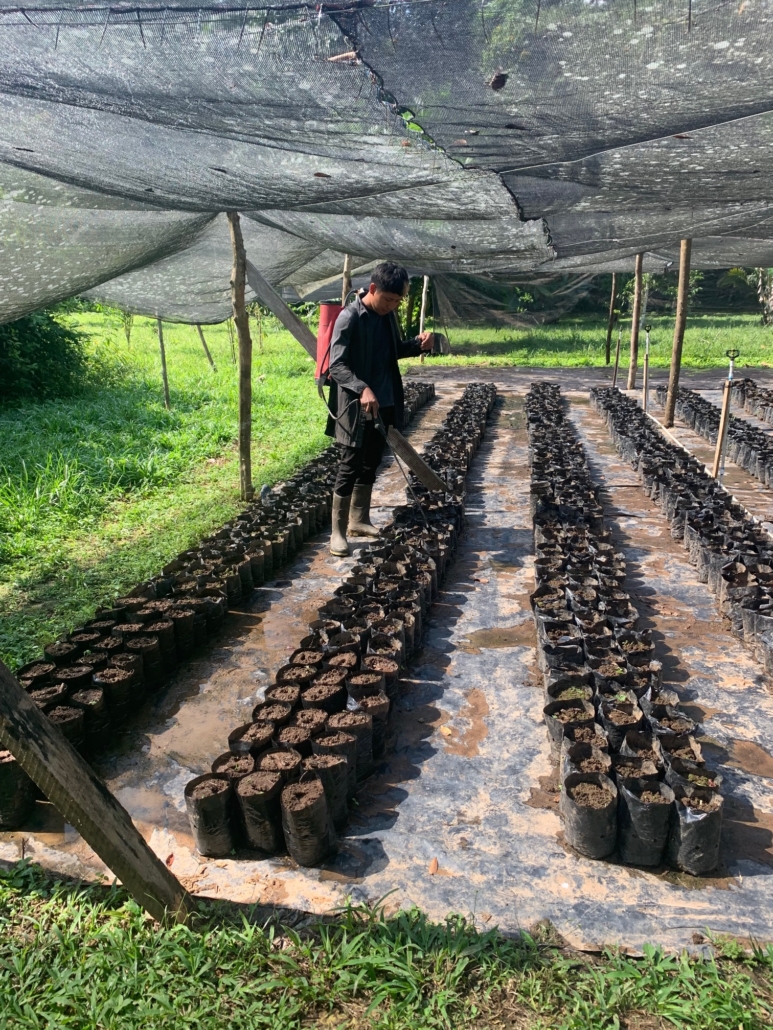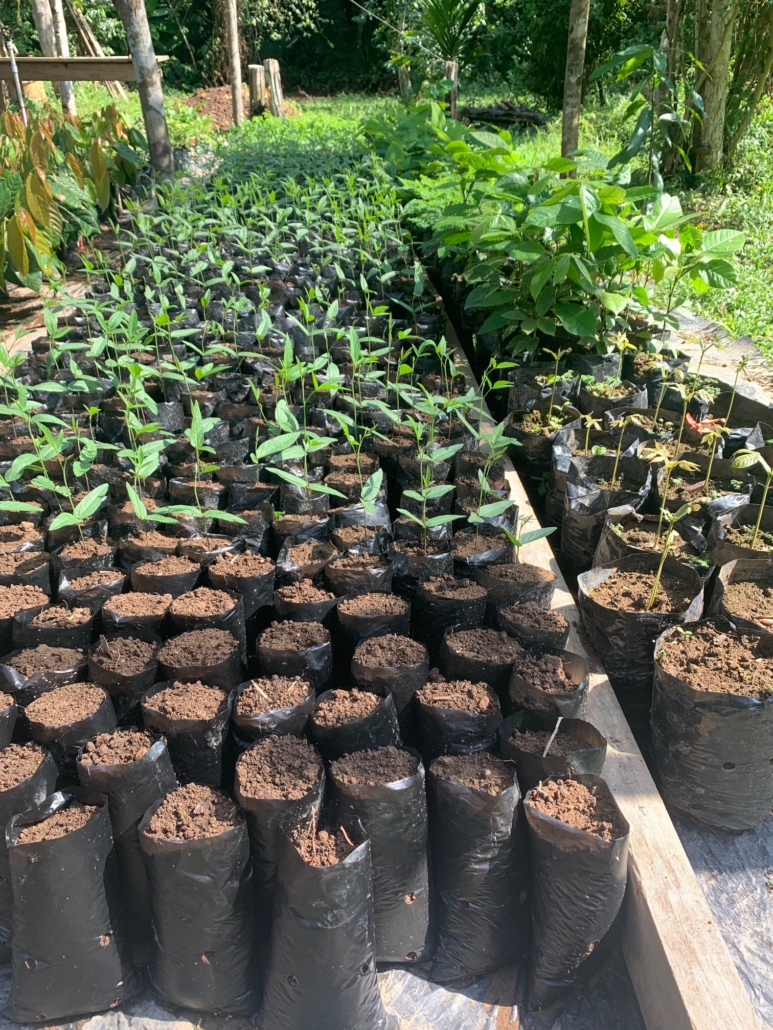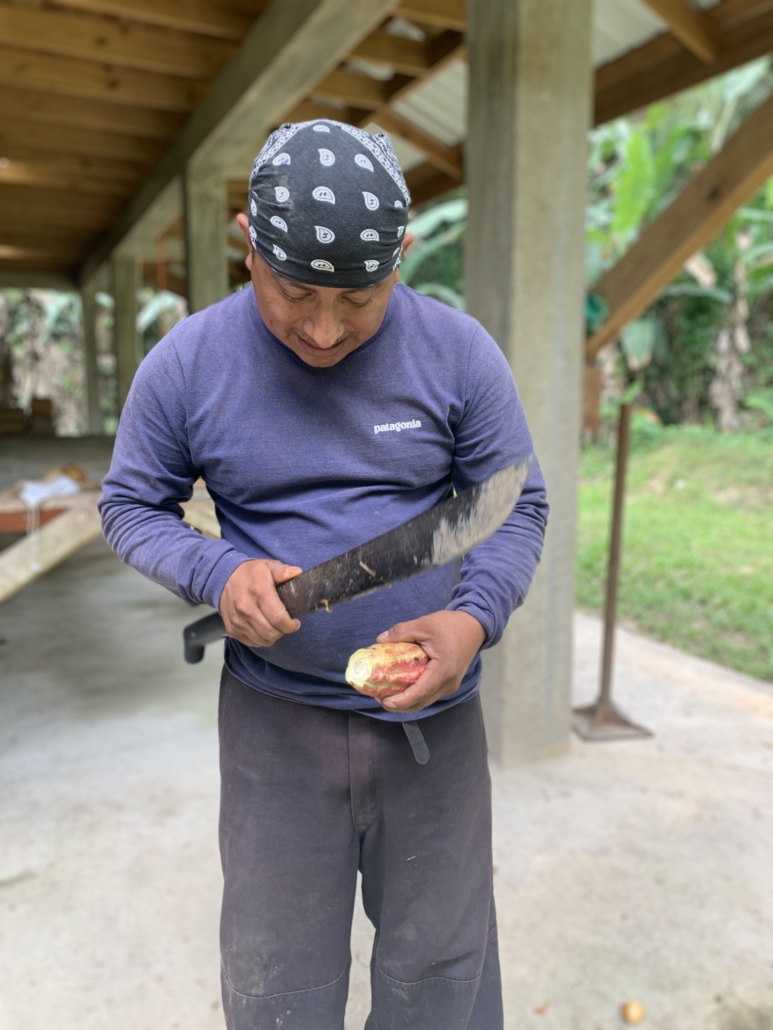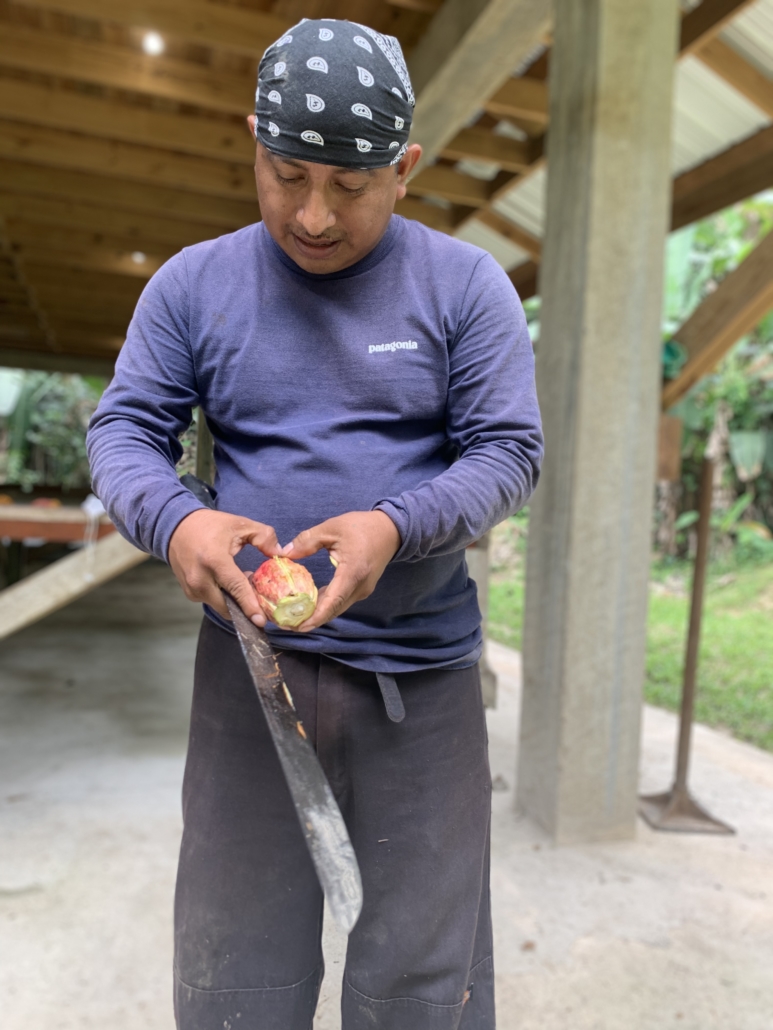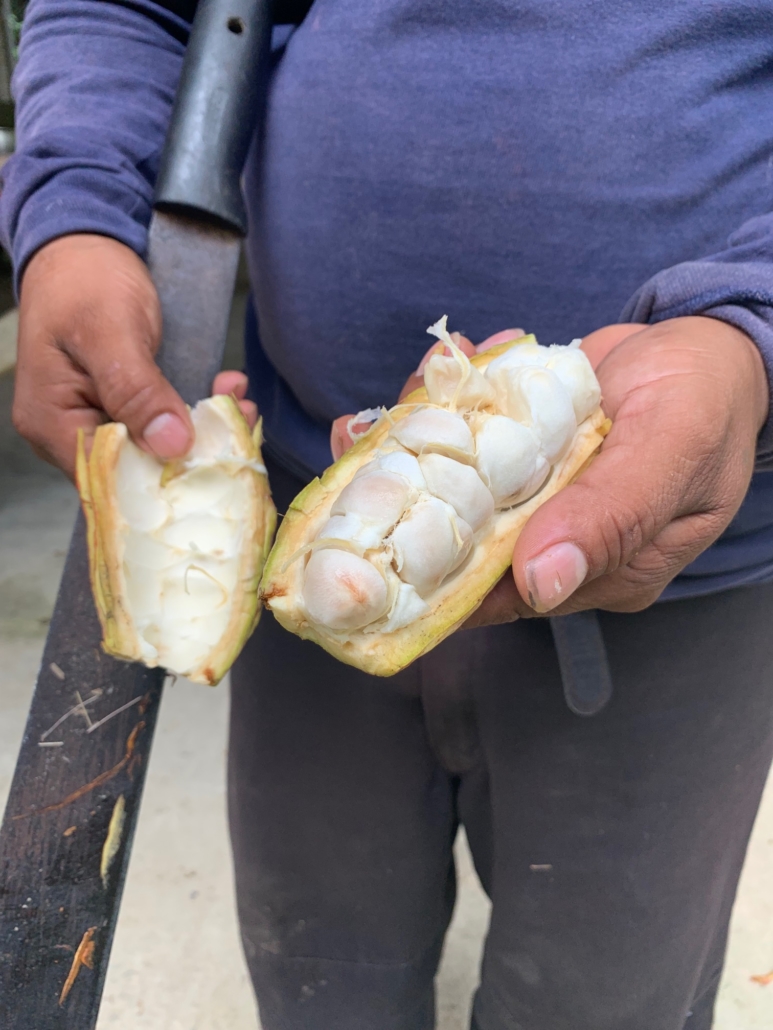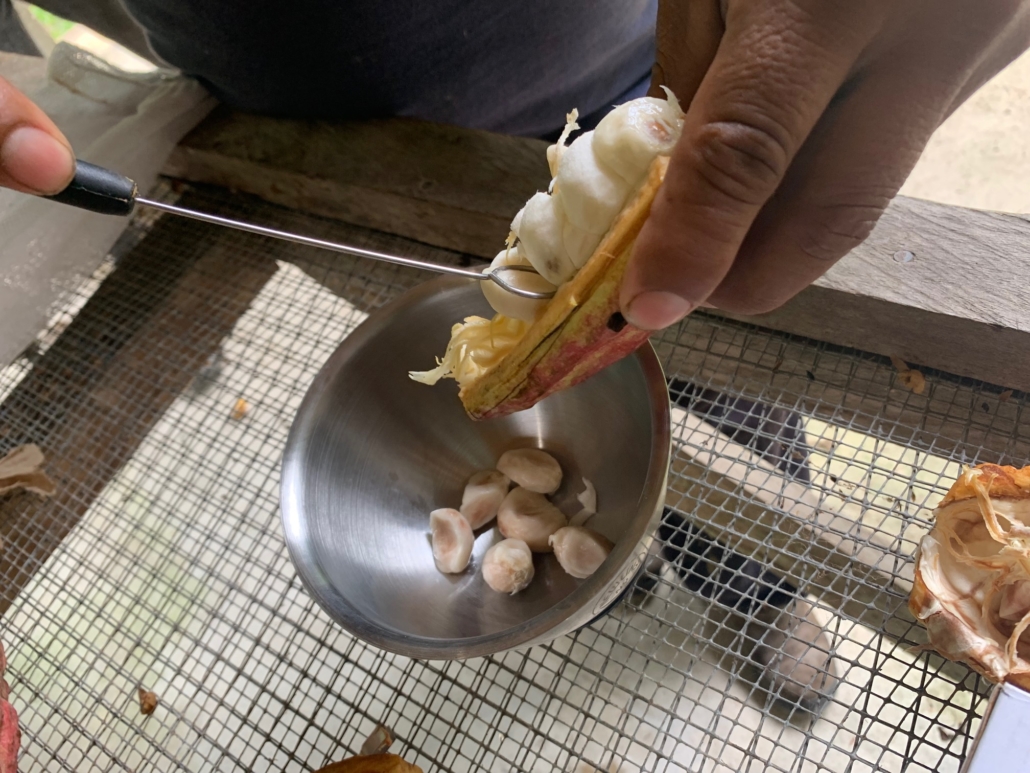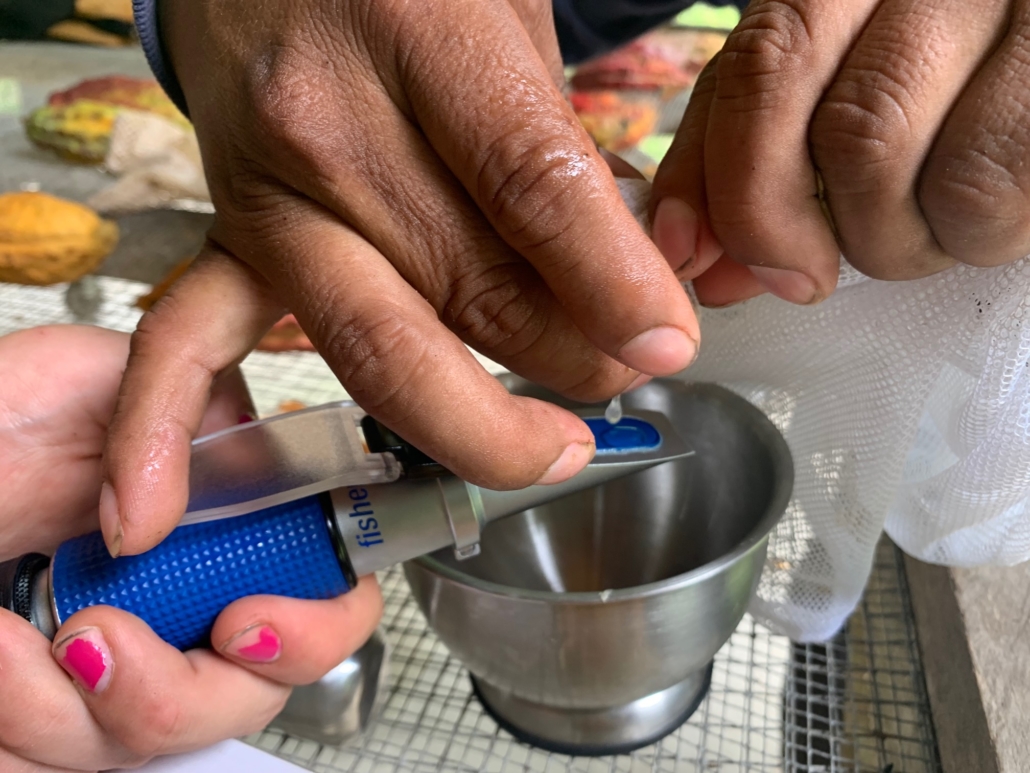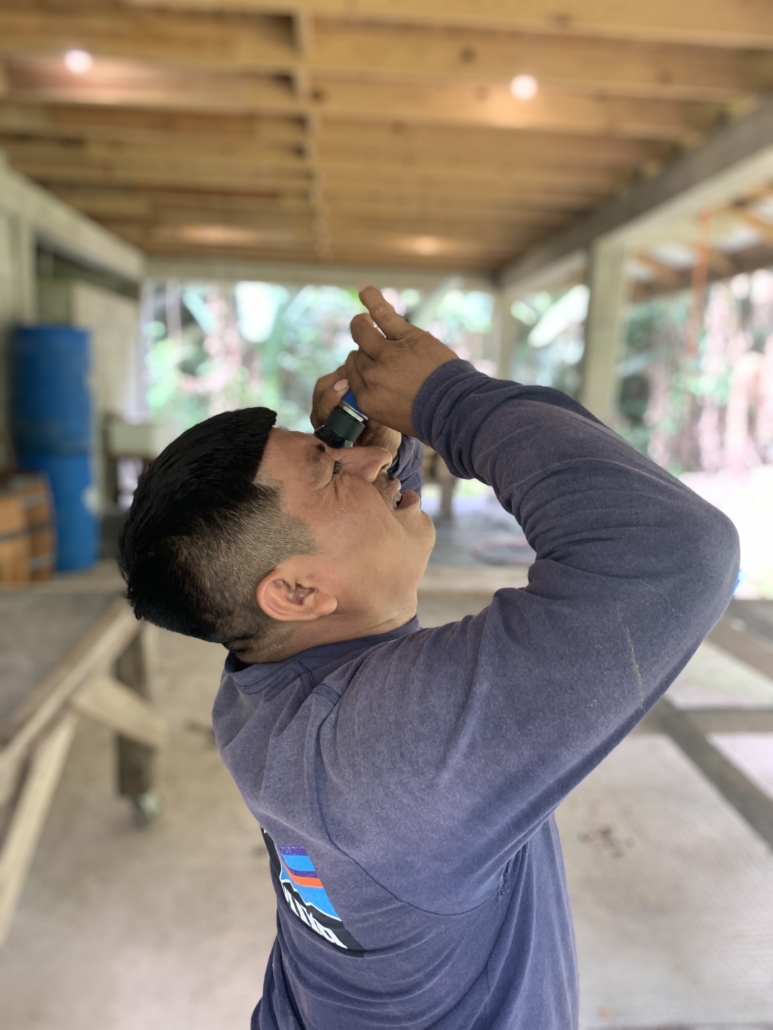Celebrating Earth Day
Students from Keene High School in Keene, New Hampshire helped BFREE staff celebrate Earth Day by planting seeds. This is Keene High School teacher, Matt Brady’s, fourth trip to Belize and to BFREE. He is joined by fellow teachers, Christine Gillis, Monica Foley, and Jodie Ballaro. Their group was scheduled to come to the field station in 2020 but was cancelled due to the pandemic. They tried again last year with no luck. This makes us especially thrilled to host them in 2022.
In a BFREE interview with Mark Canti and Jonathan Dubon on Facebook Live for Earth Day, Matt described why he wanted to return. “BFREE is a really special place for lots of reasons. I’m really happy to be here to meet young people like you. People who contribute to the ecology of the area and are conservationists. That is very important to me, the way BFREE is set up to keep young people coming in from the area. This is why we keep coming back.”
In a surprising turn of events for dry season, it began raining at 9am during the student orientation. The rain continued throughout the morning and into the afternoon, but this didn’t dampen anyone’s spirits. The students continued their orientation and tour of the facilities. After lunch, everyone divided into groups for service projects. Nine students helped with planting germinated cacao seeds in the nursery. An additional fourteen students helped at the Hicatee Conservation and Research Center where they assisted in a project to improve the exterior fence. The remainder of the students supported the long-term large mammal research project by checking camera traps on the property.
We are grateful that Matt, Christine, Monica and Jodie worked so hard to come back to BFREE this year.
